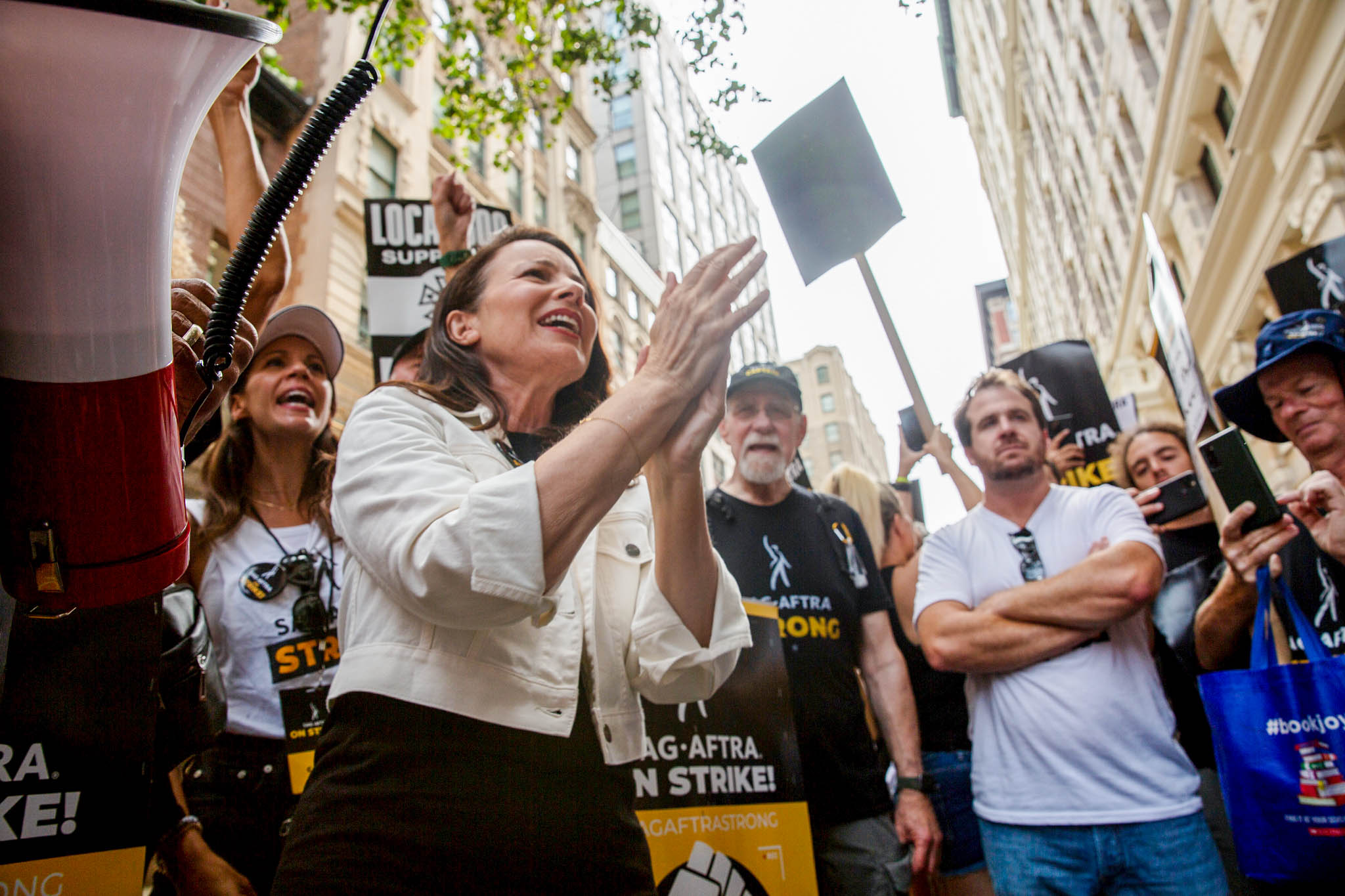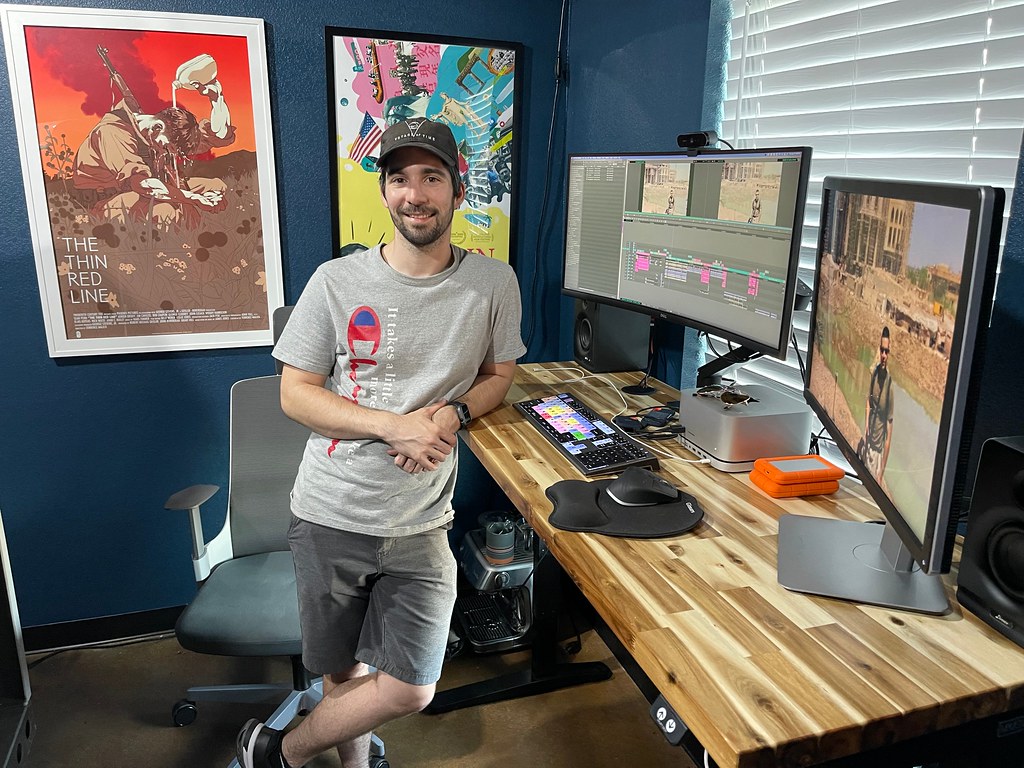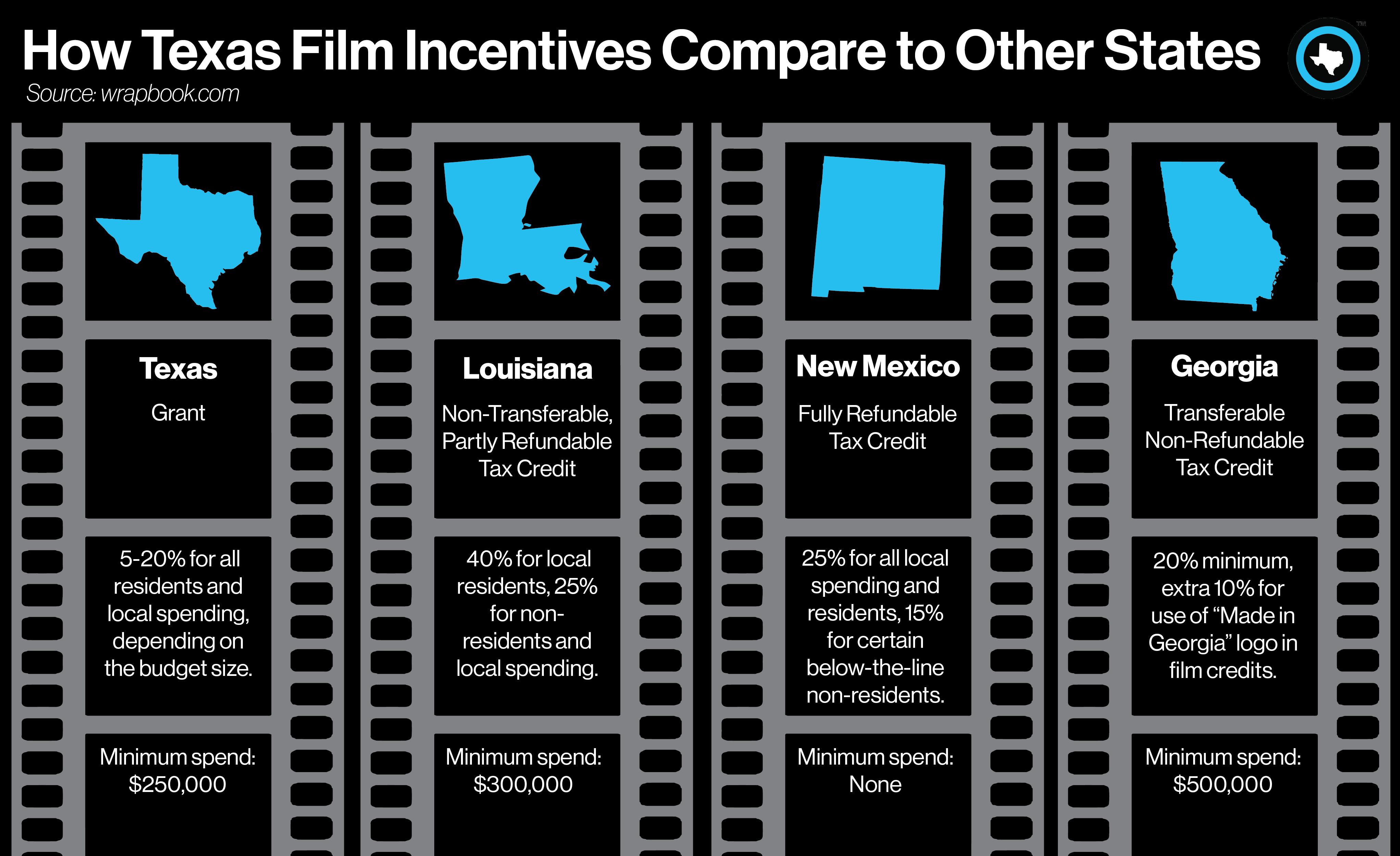On Aug. 3, roughly 100 writers and actors – and on this particular day, a large presence of stunt performers – marched outside the Netflix building in Manhattan, calling for fair contracts. Their chanting quieted down as Fran Drescher took the megaphone.
“We are not going to back down. We are not going to be stepped on anymore for CEO greed and Wall Street greed at our expense, when they can’t do it without us,” said the actress and activist. “We are the foundation of the wheel. Nobody can own our likeness. And our minimums have to meet with inflation, none of this other BS. Forget about it. And we must get a piece of the platform that we are building for them.”
For the last few years, Drescher has been the national president of the Screen Actors Guild-American Federation of Television and Radio Artists, or SAG-AFTRA. What her group and the Writers Guild of America – both on strike – are asking for is to not let their jobs be taken by artificial intelligence, and for their paychecks to be adapted to our modern world of streaming and inflation.
While you’re not likely to see the same strike presence here in Texas, that doesn’t mean the Texas film industry isn’t feeling the brunt of them. And it’s not just writers and actors.
“All of the big production relying on Screen Actors Guild talent and ultimately Writers Guild of America scripts and other, has come to a close,” said Steve Belsky, founder and former president of Local 484, the Texas and Oklahoma chapter representing studio mechanics for the International Alliance of Theatrical Stage Employees.



















